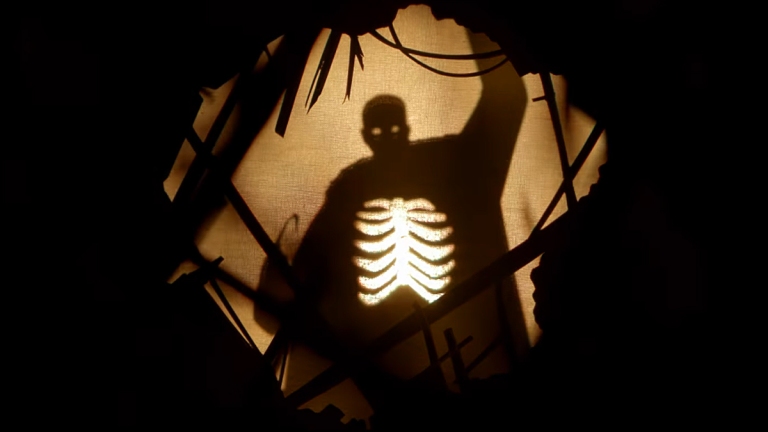(Spoiler’s Creed, yo.)

A friend made me feel really stupid about my review of the new Candyman. (Making me feel stupid is not hard.)
As usual, he was kind about it, but he said I was “way wrong about a lot of fundamental things.” Pressed to explain, he wrote:
“In a nutshell, that the movie was designed for people like you and me – for a prototypical white-person audience. I’d argue that that’s the very reason DaCosta doesn’t give us the scenes we expect, and why the only violence we see is directed toward white people. Black people don’t NEED to see more violence toward Blacks. It’s fine for it to be implied.”
I immediately realized how dumb I’d been. It’s not that what I wrote was wrong; it’s that in writing it I had a complete lack of empathy for the movie’s intended consumer.
I absolutely stand by my critique, but I’m embarrassed that I missed something so obvious. I expressed bafflement about choices made by director Nia DeCosta and her two co-writers, but I would have understood many of them – easily – had I just kept in mind that this Candyman wasn’t made for me.
I basically had three problems with the movie: the killer-Candyman scenes prior to the climax, the abrupt shift in the William character, and how the killing of Anthony was directed.
My friend’s comments only directly address the last issue, but he’s absolutely correct: DeCosta’s obvious intent was to spare black audiences from seeing another one of their own killed by cops. My demand that she “show the movie’s single most-important moment” failed to acknowledge that my interests don’t necessarily align with those of the people she’s catering to.
Shifting my mindset would have also helped a great deal with my other two main criticisms.
I still think it’s a better movie if we don’t see Candyman kill anybody before the ending. And I still think William’s transformation from Candyman historian to Candyman maker is pretty ridiculous.
But if I try to put myself in the shoes of a black audience, and if I acknowledge my own giddiness and excitement about the rightness of the movie’s ending, its sense of justice, I get it.
Even if it ain’t pretty.
There’s a way in which Candyman is an expression of black rage against whites – no matter who they are or what they have done or haven’t. Art dealer. Art dealer’s girlfriend. Art critic. High-school girl who took a picture at the opening. Her friends. Cop who killed a black guy. Cop who didn’t kill a black guy. Kill ’em all.
A few of them might deserve it, but that’s irrelevant. The whole fucking point of the movie is that so many black men have been killed, for no reason or for fabricated reasons, by whitey over the centuries – mob or cop. So it says to black people: Let’s give it back a little. Or, perhaps more accurately, let’s indulge your fantasy of giving it back a little. Let Candyman run wild among the white rich and/or elite. Let William cast Candyman explicitly as a hero, what the neighborhood needs.
That, I think, is what Candyman is trying to be for black audiences – a feel-good horror movie.
But I’m also growing certain that it really is designed for white people, too – toward a radically different end. It means to poke them, to make them feel uncomfortable, to dare them to raise objections, and to get under their skin. They might not fully, consciously understand why it’s upsetting, but the man with the hook is an avenging angel, striking down whites guilty and innocent alike as payback for centuries of mistreatment.

